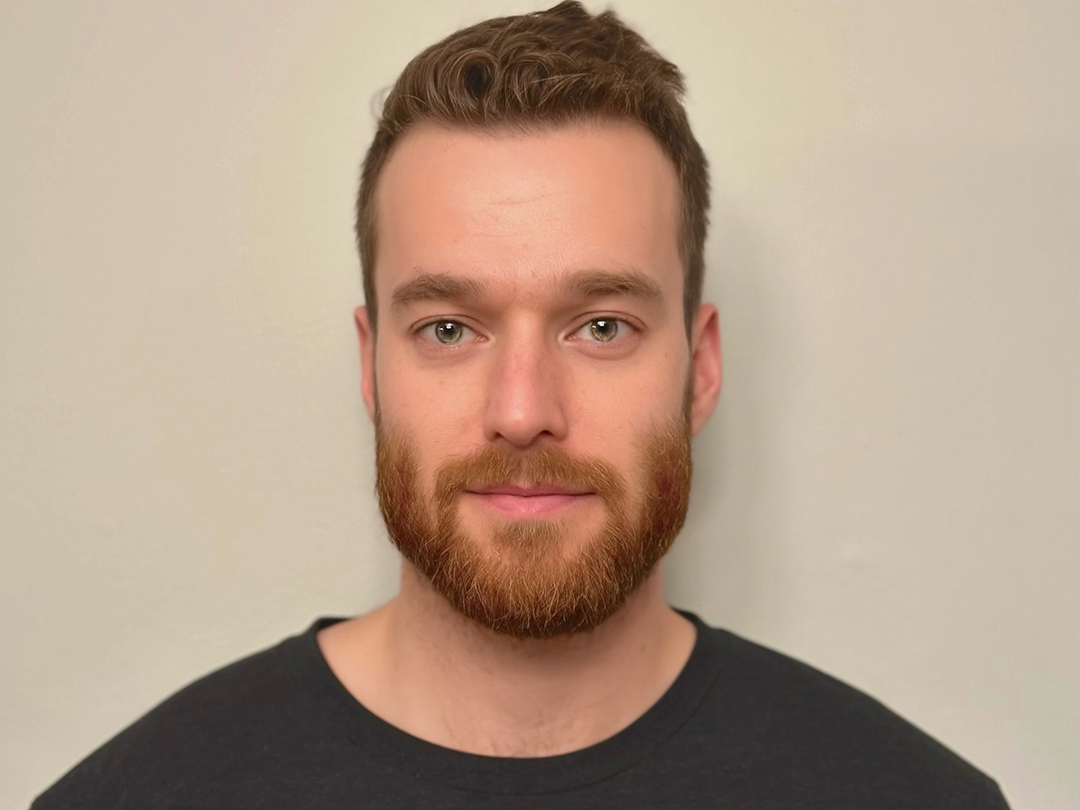
Fighting Treatment-Resistant Depression with Ketamine: Dr. Evyn Peters
Dr. Evyn Peters (MD) has created pivotal changes for patients arriving at Royal University Hospital's (RUH) mental health short stay unit and its emergency department.
By RESEARCHERS UNDER THE SCOPEListen to all episodes of the Researchers Under the Scope podcast.
With 33 publications and interests spanning psychiatry, psychopharmacology and mood disorders, Peters is often one of the first physicians patients see when they’re experiencing a mental health crisis.
The hospital’s eight-bed short-stay mental health unit serves those who need only a week or two in the hospital.
“We focus more on the idea of rapid treatment and turnaround of patients to facilitate those quick admissions,” said Peters. “It takes away some of the burden on the Dubé Centre, which is often full.”
Peters was finishing his residency at RUH and the University of Saskatchewan’s College of Medicine in 2017, when he and his colleagues first proposed ketamine for short-stay patients who had tried multiple antidepressants without success.
Over the last two decades, he knew scientists had experimented with the anesthetic for patients with depression.
“They weren’t necessarily anticipating it would be a very effective anti-depressant, but it turns out it was,” said Peters.
After studying best practices in other centres, Peters and his colleagues developed a protocol to treat patients with a ketamine nasal spray. His patients stay conscious and don’t need an intravenous catheter or intensive cardiorespiratory monitoring.
The protocol worked so well that intranasal ketamine is now in regular use at both the Dubé Centre and at RUH’s mental health short-stay unit.
“Not only does it work very quickly but it is twice as effective roughly as your conventional anti-depressants. And what’s more impressive is that it’s being used for patients typically who’ve failed to respond to anti-depressants in the past,” Peters said.
“It certainly is a cost-effective treatment.”
Until 2020, the only other option for hospitalized patients who didn’t respond to other drugs was electroconvulsive therapy (ECT).
Hospitals in Saskatchewan sometimes struggle with backlogs, with patients waiting weeks for ECT. A psychiatrist and anesthetist and nurses must oversee the procedures, including treatments which typically stretch over another four weeks.
“That’s a long time in hospital,” said Peters. “You can get a similar response rate with one or three or four ketamine treatments every second day in about a week in hospital here.”
Peters was the lead author of the 2023 article Intranasal racemic ketamine for patients hospitalized with treatment-resistant depression: A retrospective analysis, published earlier this year in the journal Experimental and Clinical Psychopharmacology, together with his University of Saskatchewan psychiatry colleagues Dr. Katelyn Halpape (PharmD), Dr. Isaac Cheveldae (MD) and Dr. Annabelle Wanson (MD).
Some of his patients reported no side effects from ketamine, while about half reported a mild sense of detachment from their surroundings or a fleeting sensation of bliss, even floating
“Overall it’s a fairly innocuous experience,” said Peters. “I’d say wanting to take a nap is the most common thing the patients complain about.”
His patients, on average, were taking an average of 3.5 psychiatric medications when they were admitted. His team made a point of not requiring patients to wean themselves off other anti-depressants during their treatment with ketamine.
“We have a response rate in the hospital here of about 65 per cent, which is what you see in other treatment centres” said Peters. “The vast majority of those patients, about 75-80% get discharged immediately after that treatment.”
He said the rest of his patients often face other health and life circumstances complicating their discharge, such as homelessness. On top of that, ketamine is not suitable for anyone who’s recently had a heart attack, stroke, blood pressure issues, or who has schizophrenia.
“Probably about half my patients have no money. A lot of people are admitted after losing their homes, or they’re unable to work, they’ve been on disability,” said Peters.
Peters and his colleagues said benefits from ketamine and ECT often share a ‘transitory’ nature and work best in conjunction with ongoing treatments such as cognitive behaviour therapy. Some patients treated with ketamine see their depressive symptoms vanish; without additional treatments, others relapse after an average of about 21 days.
But Peters said about half his patients live on $1,000 a month and can barely afford food or shelter, let alone out-of-pocket ketamine treatments.
“That’s a problem because the ketamine is not an insured service,” he said, noting private clinics charge between $500-$700 for a single dose of ketamine.
“The goal was just to get it in use, because it was needed,” said Peters. “Now we can answer some of these questions about why does it work, and for whom does it work the best?”
(Runs 28:10)
